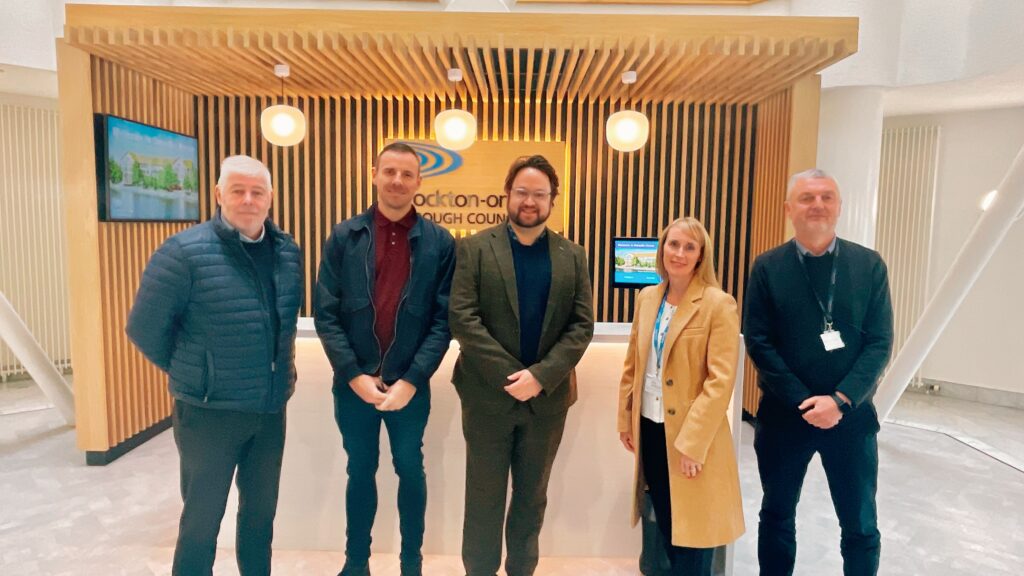Cleveland Office of the Police and Crime Commissioner (OPCC) funds the Youth Triage scheme. The current funding for Youth Triage runs until March 2025.
The scheme, which is run by Cleveland’s three youth justice services (YJS) in partnership with Cleveland Police, aims to do the following:
- Reduce the rate of first tme Entrants to the youth justice system;
- Lower re-offending rates;
- Provide a suite of 1:1 support to address the pathway issues driving offending behaviour (for example, mental health and relationships)
- Minimise avoidable custodial outcomes.
The South Tees, Stockton and Hartlepool youth justice service’s work with a wide range of partners. They are drawn from criminal justice, community safety, Cleveland Police and children’s services and help YOTs to achieve their aims.

How it works
Triage starts when a young person first comes to the attention of the police. The system rapidly assesses young people to make sure they are dealt with quickly and effectively.
YOT pulls together information from across its networks including police, health and social care.
Key information can be shared between the YOT and Police. That’s to make sure decisions are made, which reflect the needs of the victim and protect victims and communities from further harm. Decisions must also respond to the needs of the young person.
A bespoke package of interventions is drawn up to meet the needs of each young person. Interventions aim to challenge the young person’s offending behaviour.
Where necessary, other support services – such as substance misuse, training, education and housing – are brought in to meet the young person’s needs.
What Triage does
Triage takes a casework approach to all young people. It assesses them to make sure all of the factors, which cause a young person to offend, are identified along with their individual needs.
YJS workers then engage with the young person in a reparative and rehabilitative programme. This aims to address their needs and the factors contributing to their offending behaviour.
Triage intervention programmes include the following:
- Restorative work focused on the needs of victims and communities. There’s a focus on repairing any harm caused and protecting victims and communities from further harm
- Works to stop offending behaviour
- Diversionary and constructive activities to take the young person away from crime and criminal influences
- Referrals to other support services, such as education and training. Referrals help to meet the young person’s needs identified by the YJSs and deliver a range of statutory services to young people, families and to victims
Reparation is built in to the offer of triage. This provides the young person with the opportunity to spend meaningful time contributing to their communities. Previous examples include a young person volunteering at a local food bank, and another included a young person working with a local community organisation to maintain the upkeep of a local beach.
Young people engaging with Triage will not be prosecuted for their offending. There will be no further police action against them.
However, young people must complete the requirements of their intervention plan.
If they do not follow the plan or engage with the YJS, these issues can be quickly addressed. As a result, the young person can be referred back to the police, who can consider further action.
Does it work?
Data from the Office for National Statistics (ONS) shows young people in Cleveland have a re-offending rate of 40.5%, which is higher than the England and Wales average of 33.6%.*
Each re-offender went on to commit an average of 4.34 further offences – and as a result, created more victims, more problems in Cleveland’s communities and stretched police resources further.
Re-offending rates for under-18s, who have been through Triage, are less than half of the Cleveland rate for juvenile re-offending.
In 2021-22, 283 young people took part in a Triage programme – a 22.5 per cent increase on the previous year.
